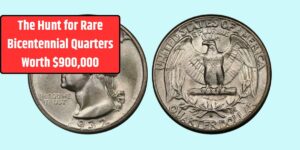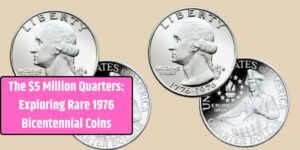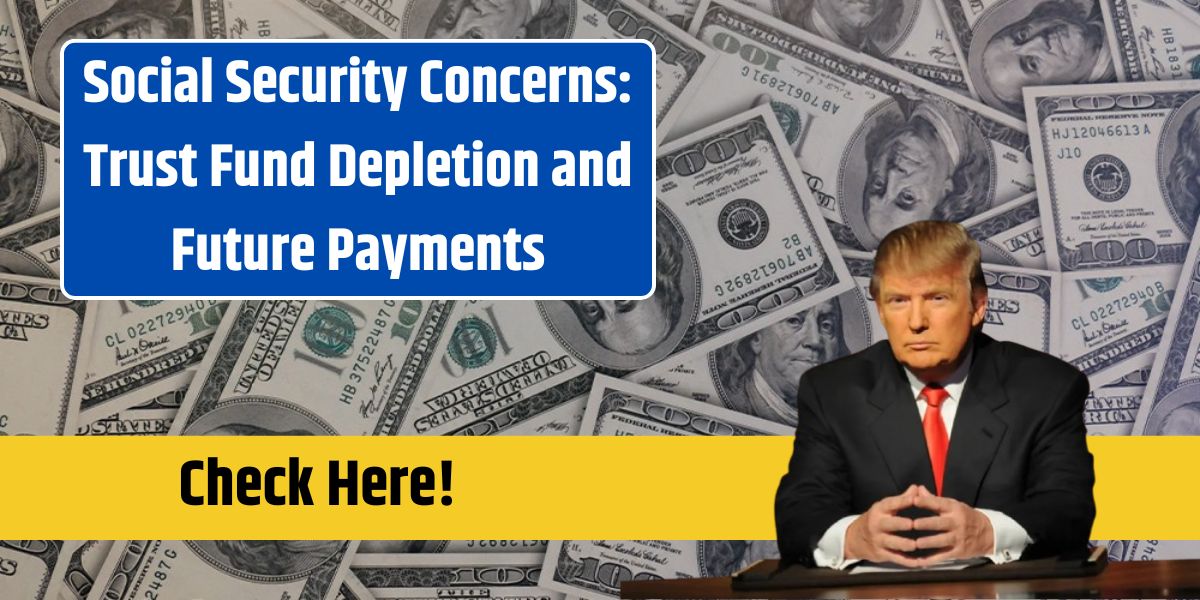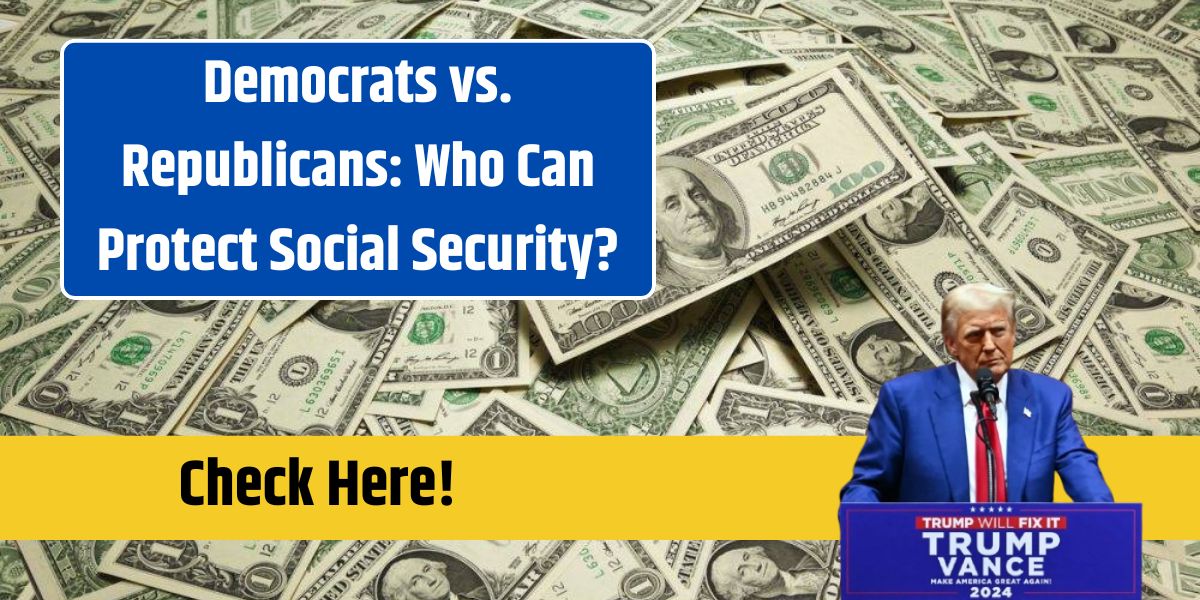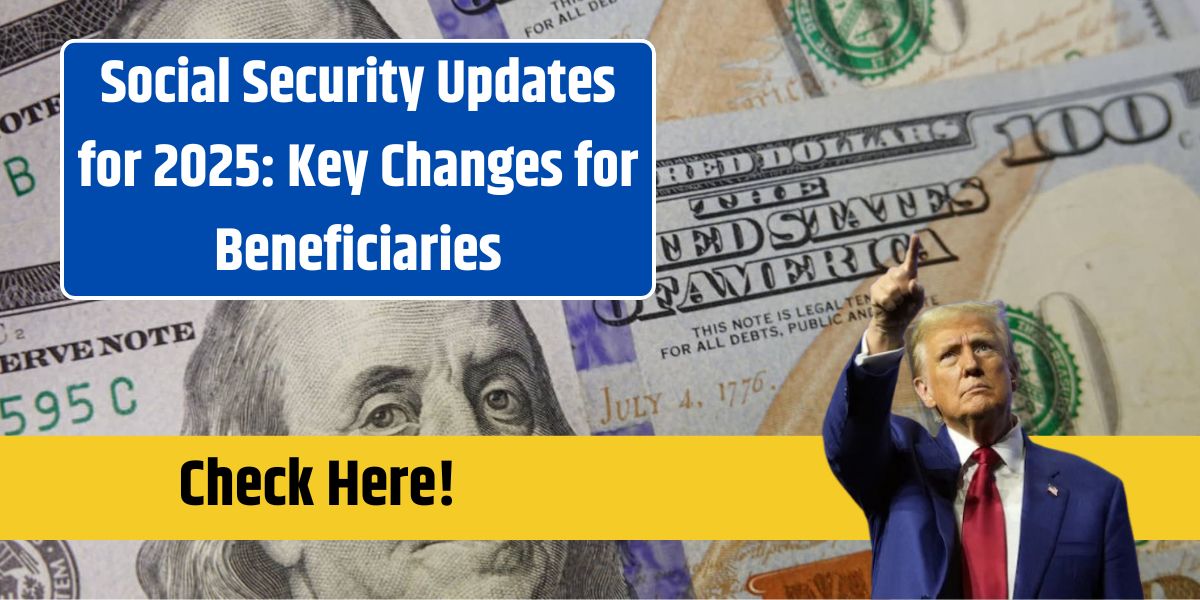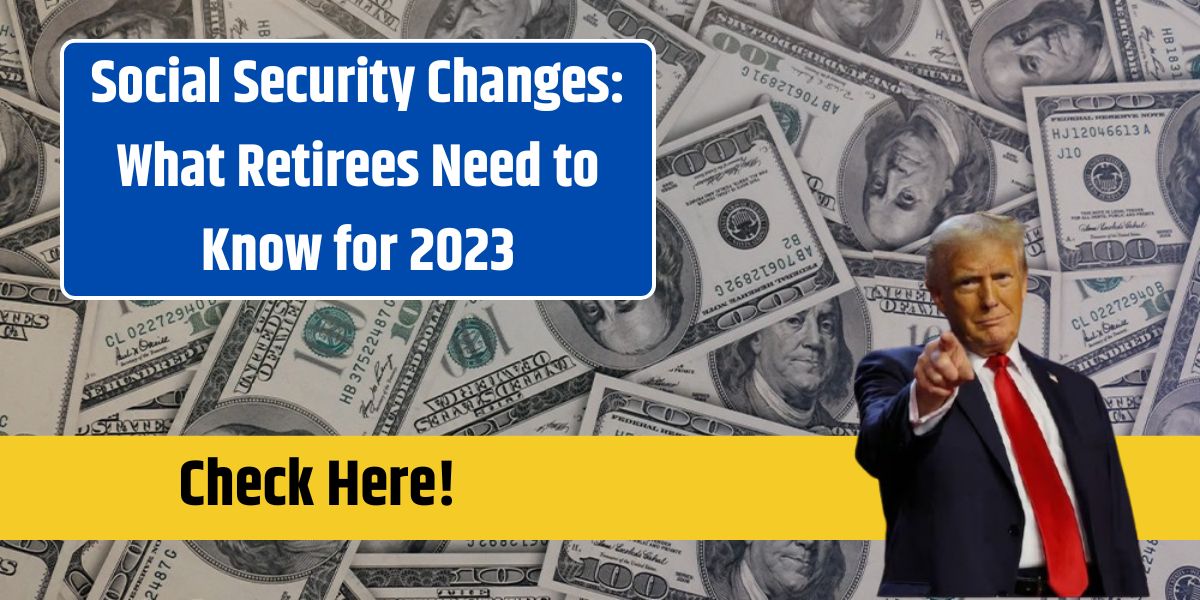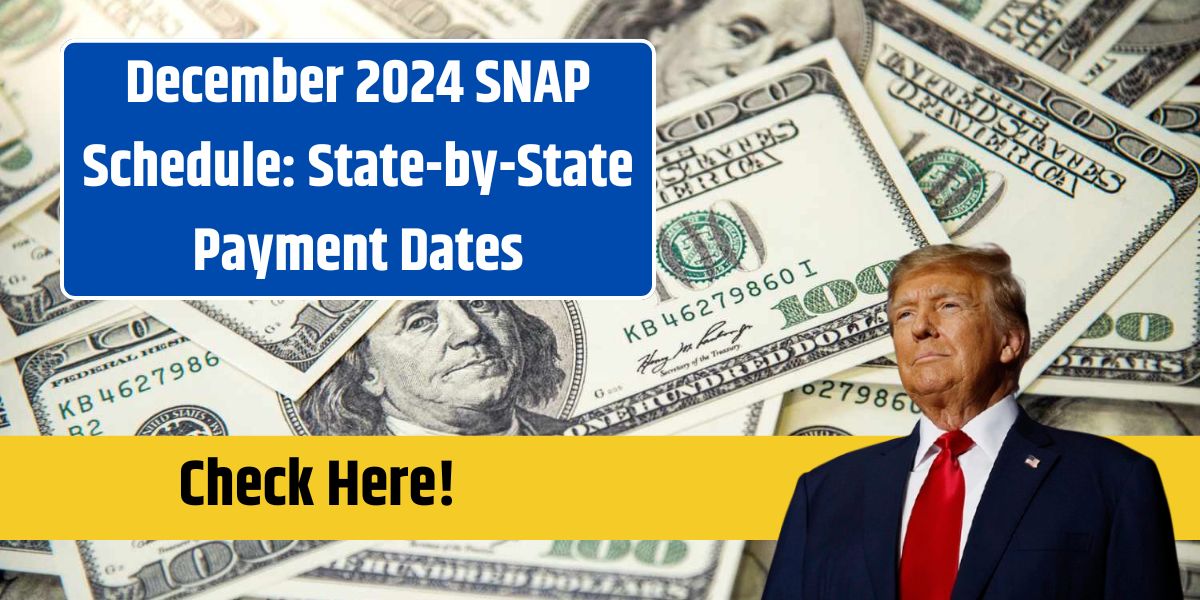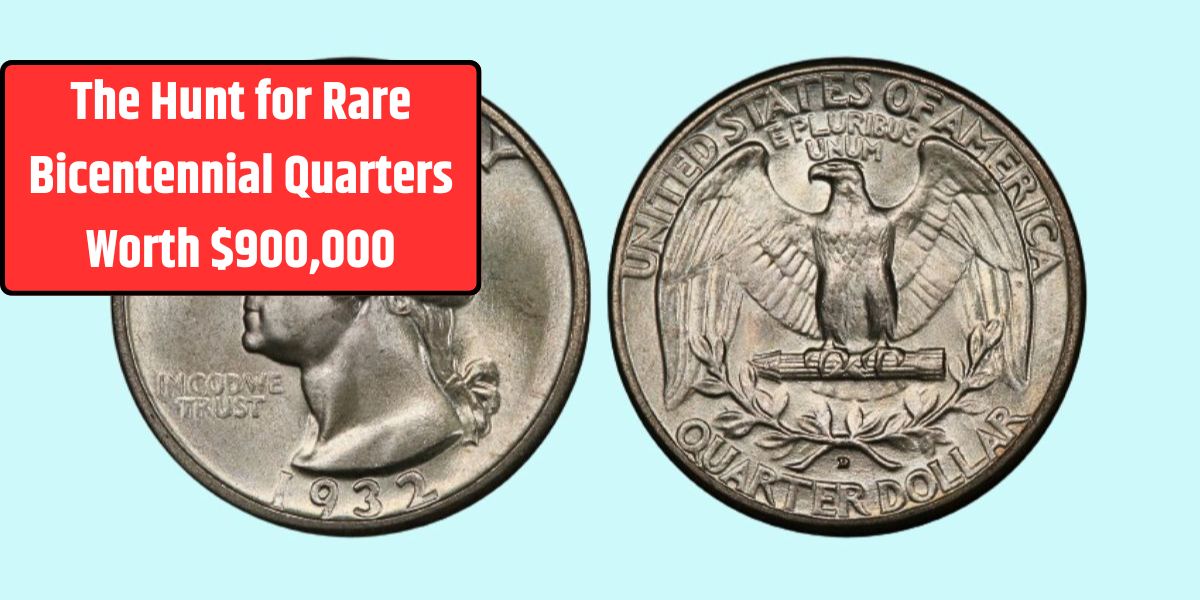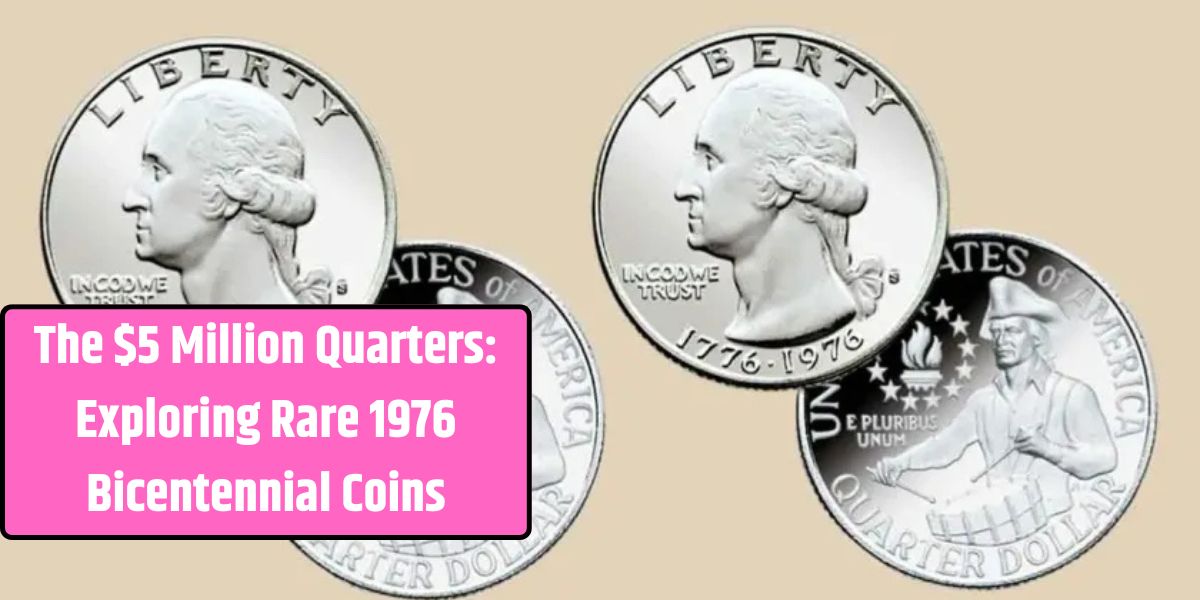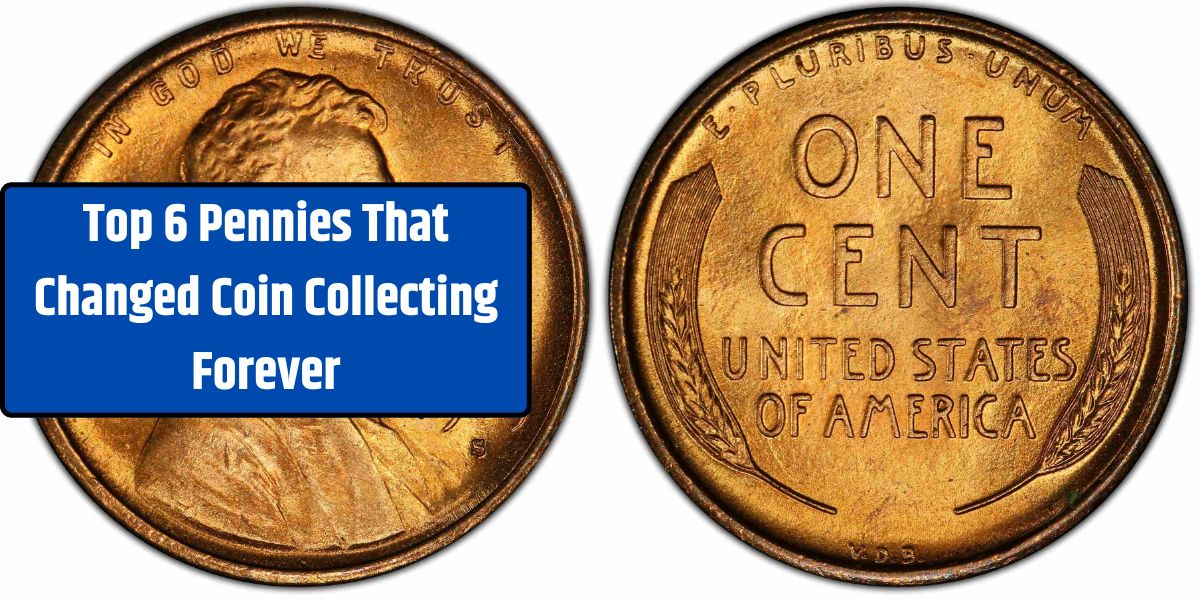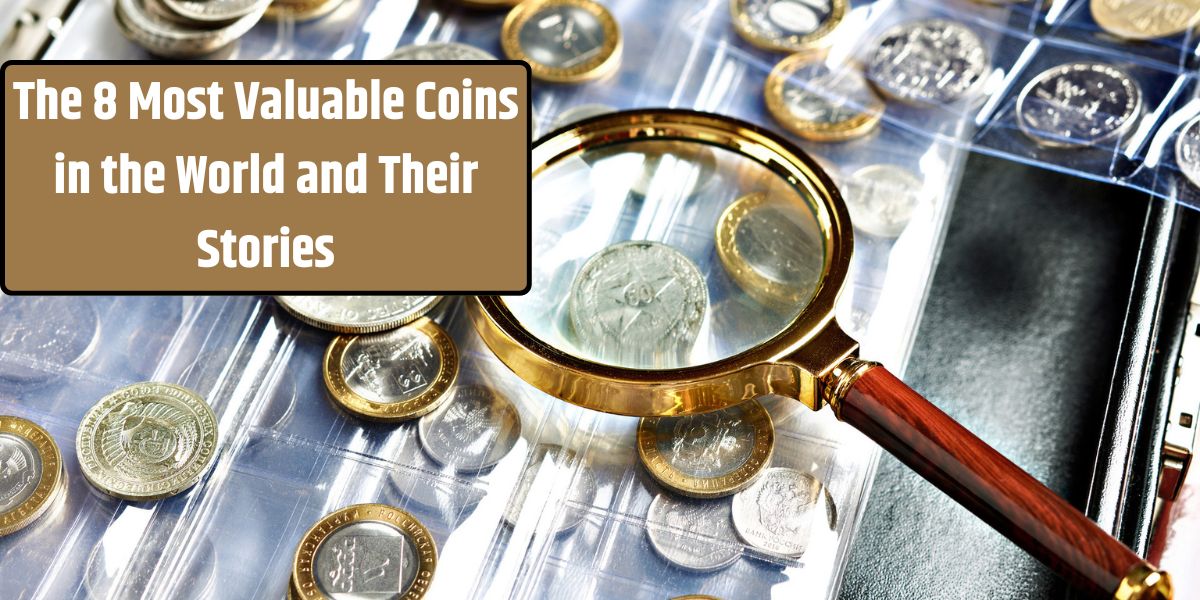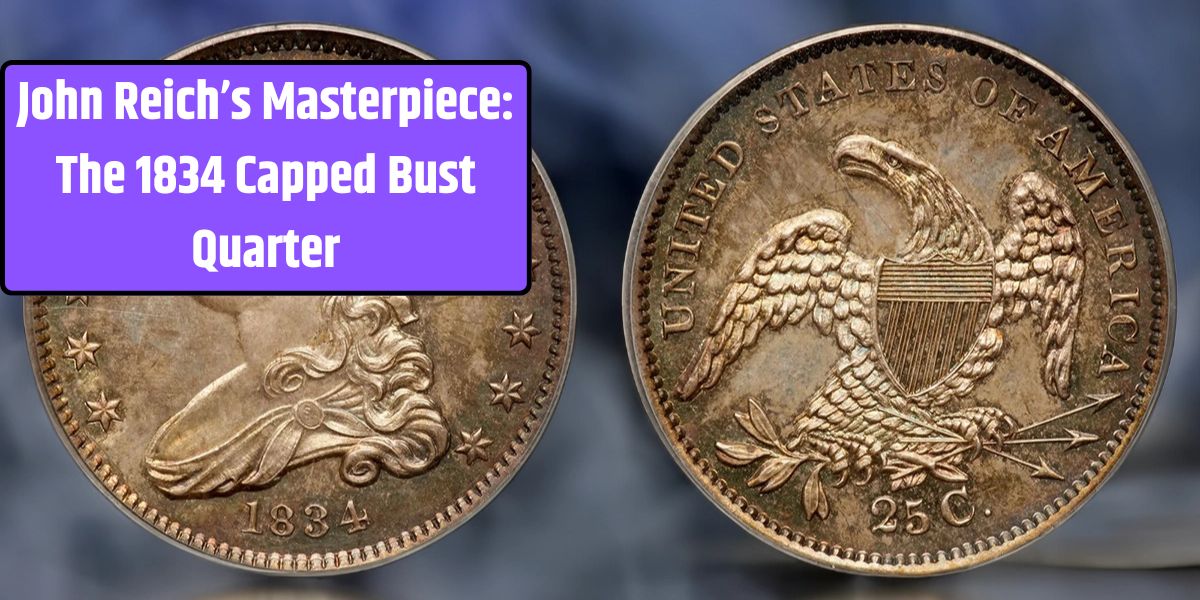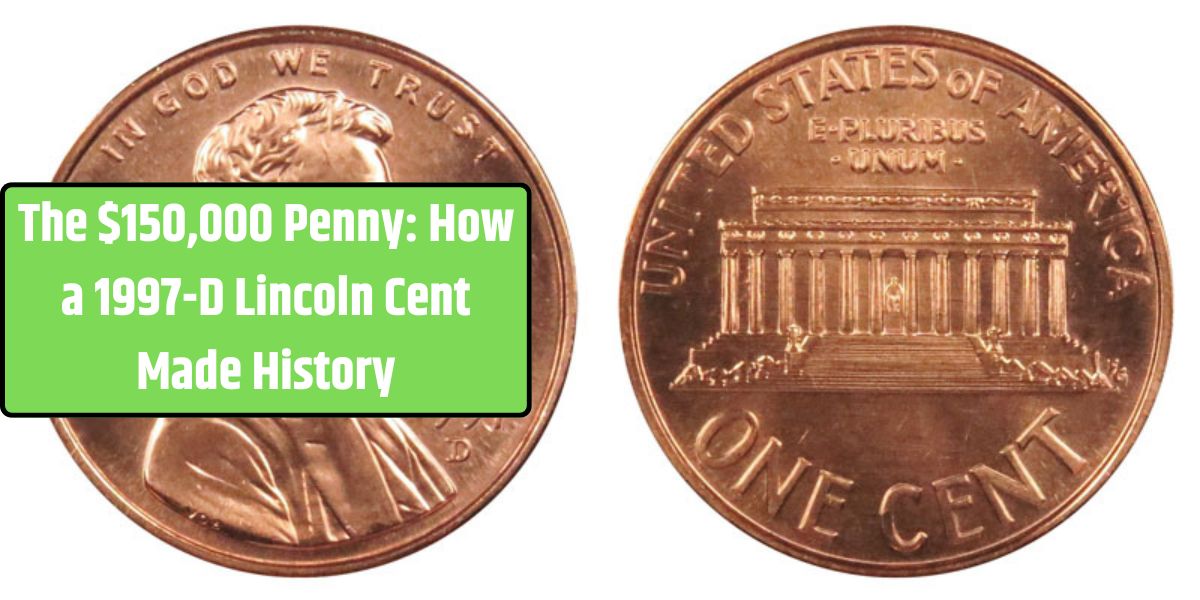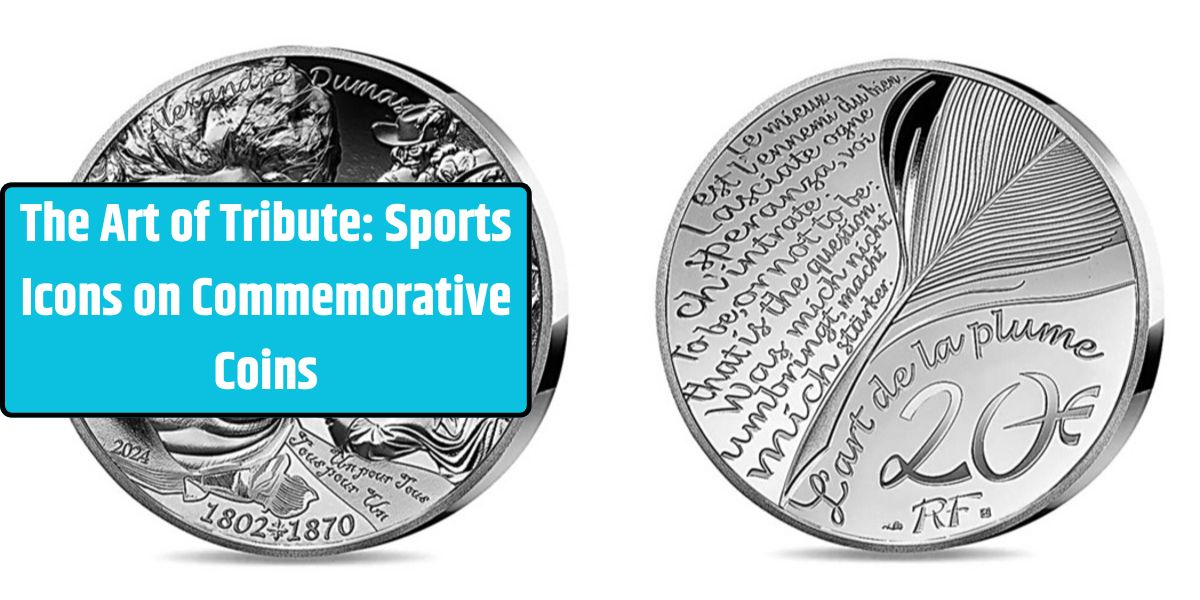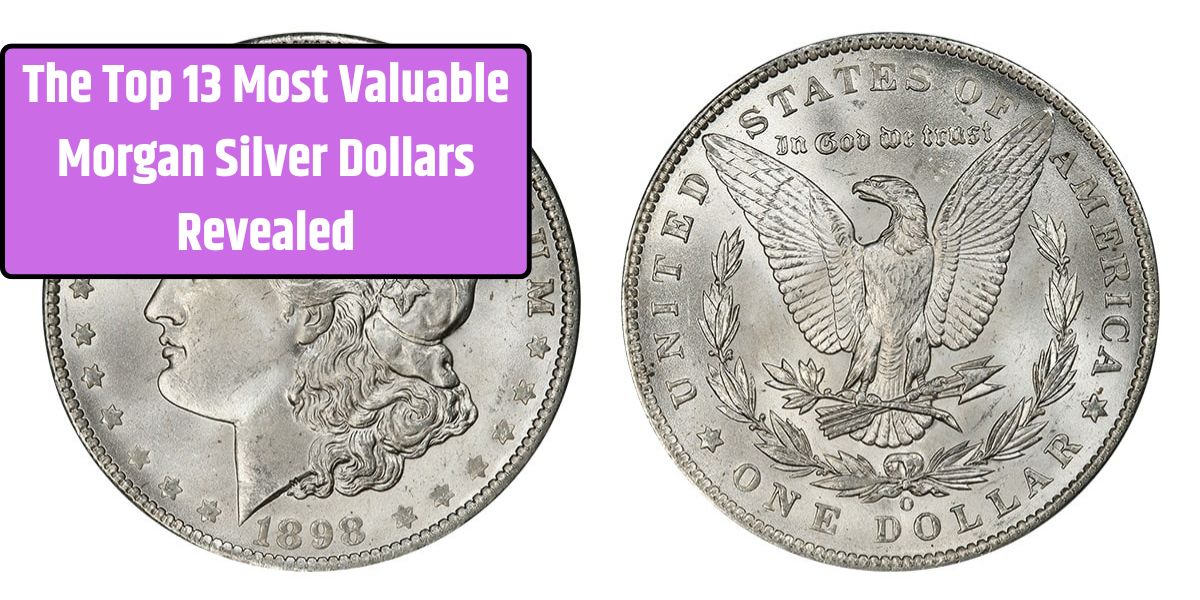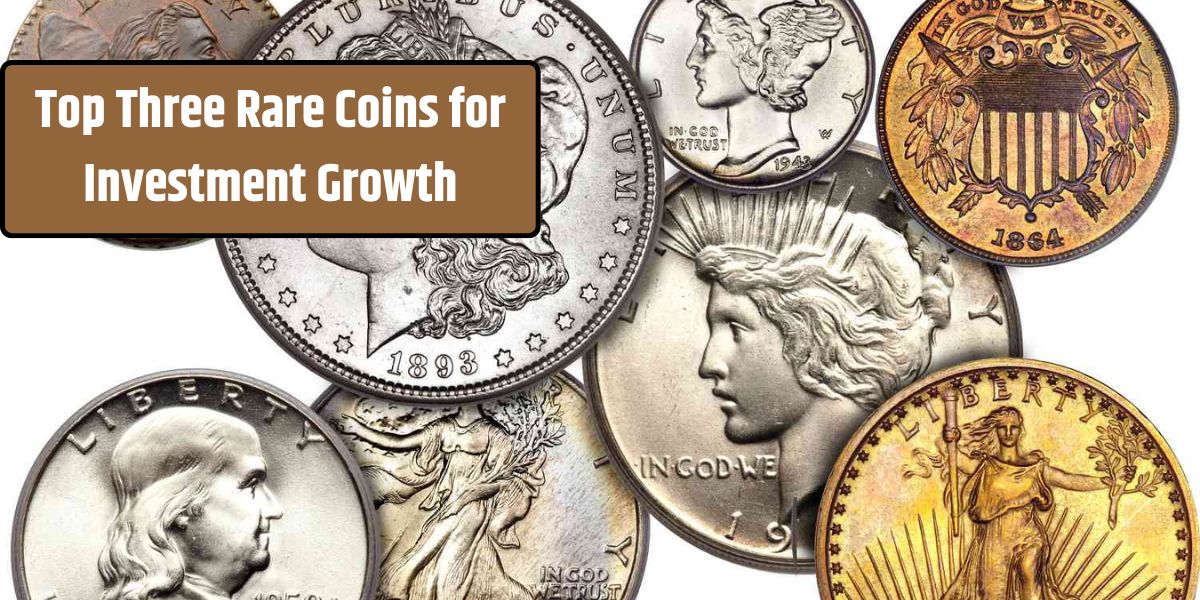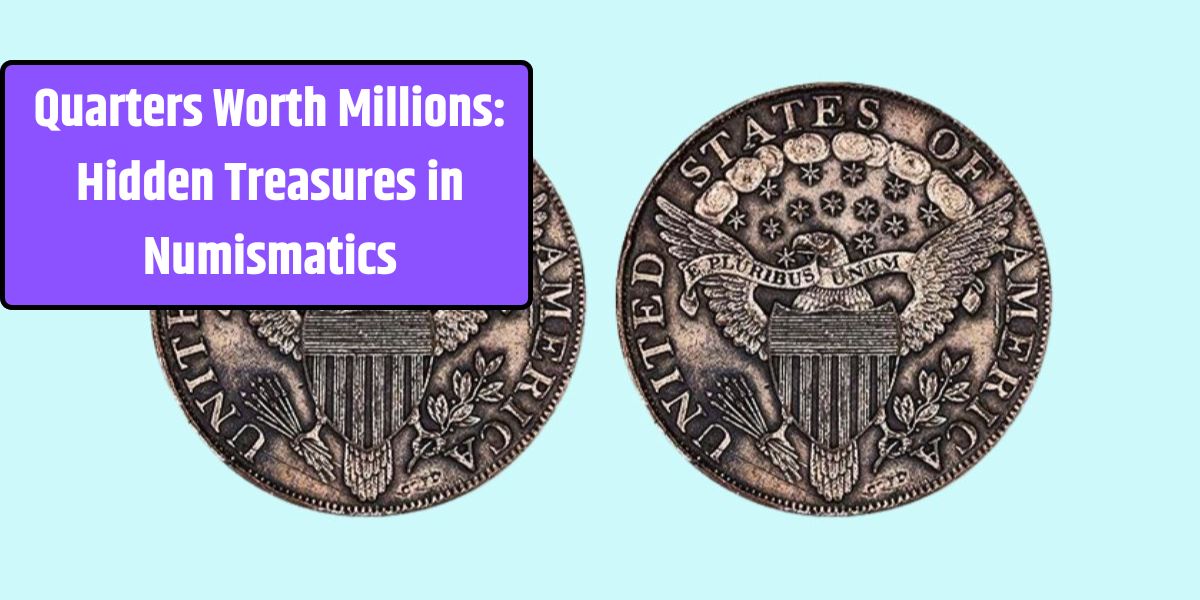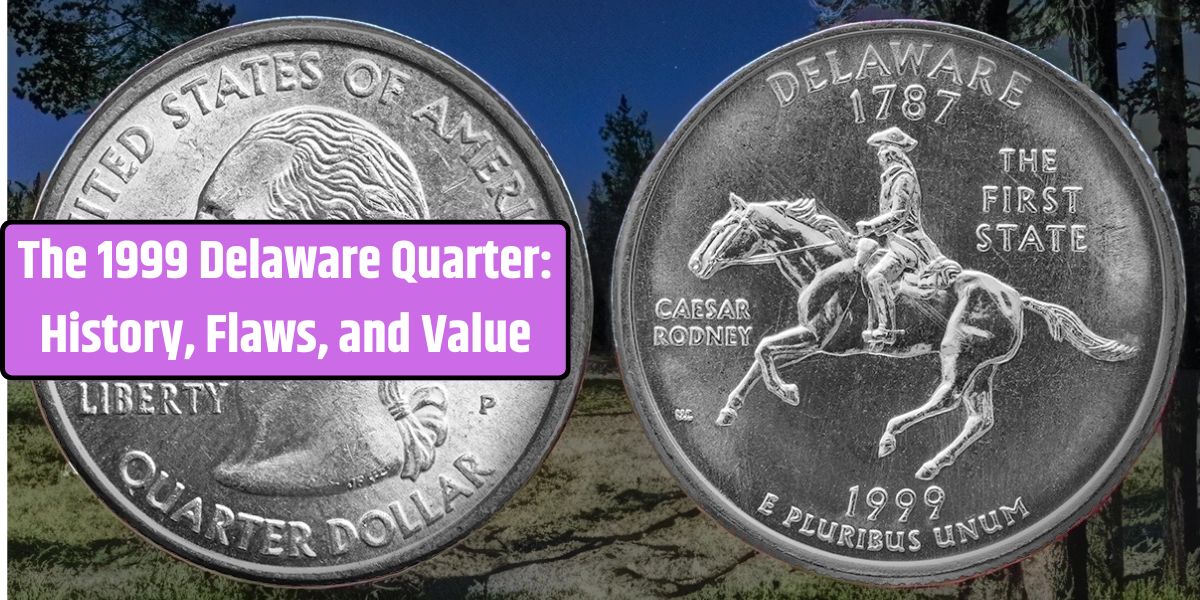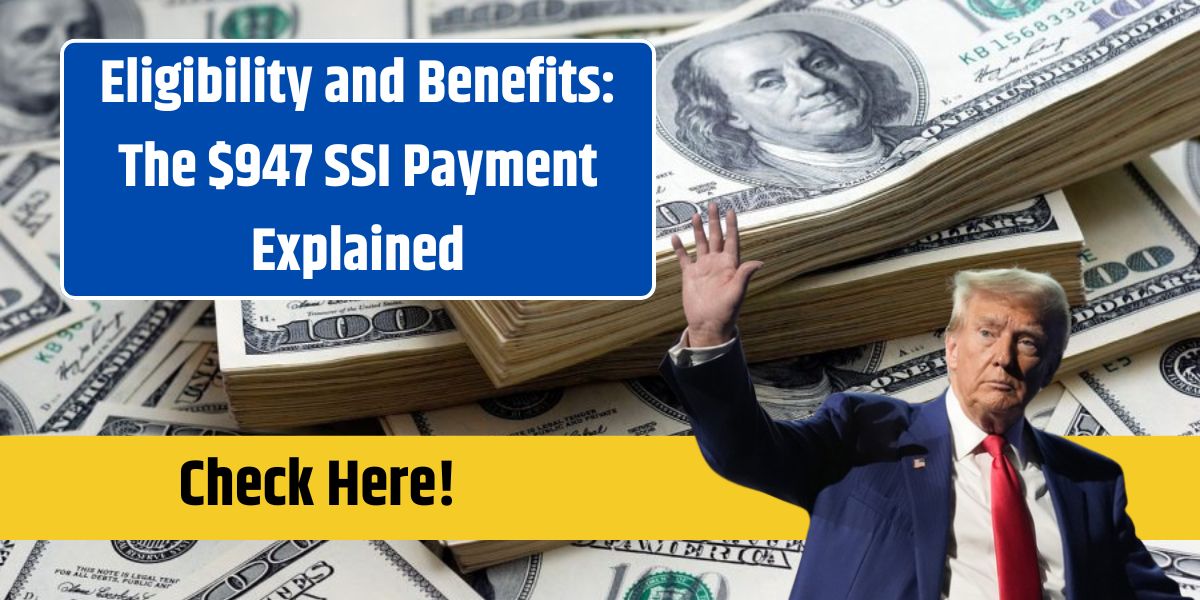The 1976 Bicentennial Quarter, issued to commemorate the 200th anniversary of American independence, remains a favorite among coin collectors. However, recent online claims that some Bicentennial Quarters could be worth an astonishing $440 million have sparked widespread curiosity. Let’s explore the origins of this assertion, the actual value of these coins, and how to identify potentially valuable examples.
The Origins of the $440 Million Claim
The assertion that a Bicentennial Quarter could fetch $440 million appears to stem from exaggerated online posts and articles. For example, one article titled, “8 Secretly Valuable Quarters and Dimes Stashed in Your Change Jar – Which Could Be Worth Up to $440 Million,” makes sweeping claims about the potential value of certain rare coins.
While it’s true that some coins can achieve high prices due to rarity and historical significance, no credible coin expert or reference supports the claim that a Bicentennial Quarter could be worth such an astronomical amount. The highest price ever fetched by a U.S. coin—a 1933 Saint-Gaudens Double Eagle—was $18.9 million, which puts the $440 million claim into perspective.
Recognizing the Bicentennial Quarter
The Bicentennial Quarter was minted in 1975 and 1976 to celebrate the United States’ 200 years of independence. Its distinctive features include:
- Reverse Design: A colonial drummer with a victory torch encircled by 13 stars.
- Dual Dates: “1776–1976” replacing the usual date on the obverse.
- Mint Marks: Produced at Philadelphia (no mint mark), Denver (“D”), and San Francisco (“S”) mints.
Actual Value of Bicentennial Quarters
Most Bicentennial Quarters hold little value beyond their face value due to the large number minted for circulation. However, specific variations or conditions can increase their worth.
Key Categories and Their Values:
| Type | Mint Mark | Composition | Estimated Value |
|---|---|---|---|
| Standard Circulation | None/“D” | Copper-Nickel | $0.25 – $1 |
| Silver Uncirculated | “S” | 40% Silver | $5 – $10 |
| Silver Proof | “S” | 40% Silver | $10 – $15 |
| Error Coins | Varies | Varies | $100 – $1,000+ |
Disproving the $440 Million Myth
While some Bicentennial Quarters hold modest value for collectors, the claim that one could be worth $440 million is baseless. Consider the following points:
- The most valuable coin ever sold—1933 Saint-Gaudens Double Eagle—was auctioned for $18.9 million, far below the claimed amount.
- No record exists of any Bicentennial Quarter being sold for more than a few thousand dollars, even in rare and pristine conditions.
- Such extraordinary claims should always be verified through reputable numismatic experts and references.
Identifying Potentially Valuable Bicentennial Quarters
If you own Bicentennial Quarters and wonder if they’re worth more than their face value, here’s how to evaluate them:
- Check the Mint Mark
- Coins with an “S” mint mark were struck in San Francisco and may contain 40% silver, making them more valuable than standard copper-nickel versions.
- Assess the Condition
- Proof or uncirculated coins in pristine condition are worth more than heavily circulated coins. Look for coins that are free of scratches and wear.
- Look for Errors
- Errors like double strikes, off-center strikes, or misalignments can significantly boost a coin’s value.
- Verify Composition
- Silver coins are heavier and have a slightly different coloration than their copper-nickel counterparts. A professional appraisal can confirm composition.
Conclusion
The 1976 Bicentennial Quarter holds a special place in American numismatic history, but claims of these coins being worth $440 million are purely speculative and unsupported by evidence. While certain examples, such as silver proofs or error coins, can fetch higher prices, their value remains within realistic ranges. Collectors are encouraged to rely on credible sources and professional assessments to determine the true worth of their coins.
FAQ:
1. Are Bicentennial Quarters rare?
No, Bicentennial Quarters were minted in large quantities and are common in circulation. However, specific varieties, such as silver coins or error coins, are less common and more valuable.
2. What makes a Bicentennial Quarter valuable?
Factors such as silver content, proof quality, or minting errors can increase a Bicentennial Quarter’s value. For instance, coins with an “S” mint mark made from 40% silver are worth more than standard versions.
3. Are Bicentennial Quarters legal tender?
Yes, Bicentennial Quarters are legal tender worth 25 cents. However, their collectible value often exceeds their face value.
4. How can I determine the value of my Bicentennial Quarter?
Examine its mint mark, condition, and composition. Consulting a professional coin grader or numismatic expert is the best way to establish its market value.
5. Where can I sell valuable Bicentennial Quarters?
You can sell valuable coins through auction houses, online marketplaces like eBay, or directly to collectors and dealers specializing in rare coins.


